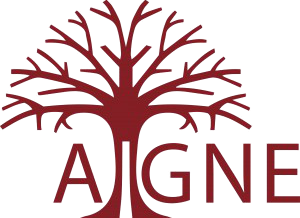The Fractured Self: Postmodernism and Depersonalization Disorder
DOI:
https://doi.org/10.33178/aigne.vol1.5Abstract
This paper will examine the introspective infernos of fractured identity in several late postmod- ernist texts dating from mid- to late nineties America. Tim O’Brien’s 1994 novel In the Lake of the Woods and its companion essay “The Vietnam in Me,” Chuck Palahniuk’s 1996 novel Fight Club and David Fincher’s 1999 film of the same name and Darren Aronofsky’s 2010 Black Swan, all demonstrate the intersection between the postmodern and the depersonalized subject. Through a diagnostic reading of these texts, I intend to demonstrate the close relationship between elements of postmodern cultural and critical theory with the psychiatric disorder depersonalization disorder. Specifically, this will entail a reconsideration of elements of both Fredric Jameson’s and Jean Bau- drillard’s respective cultural theories. Following these explorations, attention will be given towards the poetics of depersonalization. This will entail an examination of the Gothic-postmodernist mo- tifs — as outlined by Maria Beville’s recent monograph Gothic-postmodernism (2009) — of the mirror and the doppelgänger, common to each text’s eerie expressions of alterity. These texts are structurally mimetic of, and metaphorically attached to, both postmodernism and depersonaliza- tion disorder. Interpreting these texts as points of intersection between the psychiatric disorder depersonalization disorder and the postmodern condition can aid an understanding of this hellish sense of a split self and the texts themselves. In these texts, the postmodern condition induces a de- personalized identity leaving the protagonists in a state of existential insecurity and disconnection from their sense of self.Downloads
Published
2018-11-23
Issue
Section
Articles
License
For our full Copyright Notice see our Author Guidelines.
How to Cite
Dawson, C. M. (2018). The Fractured Self: Postmodernism and Depersonalization Disorder. Aigne Journal, 1. https://doi.org/10.33178/aigne.vol1.5


